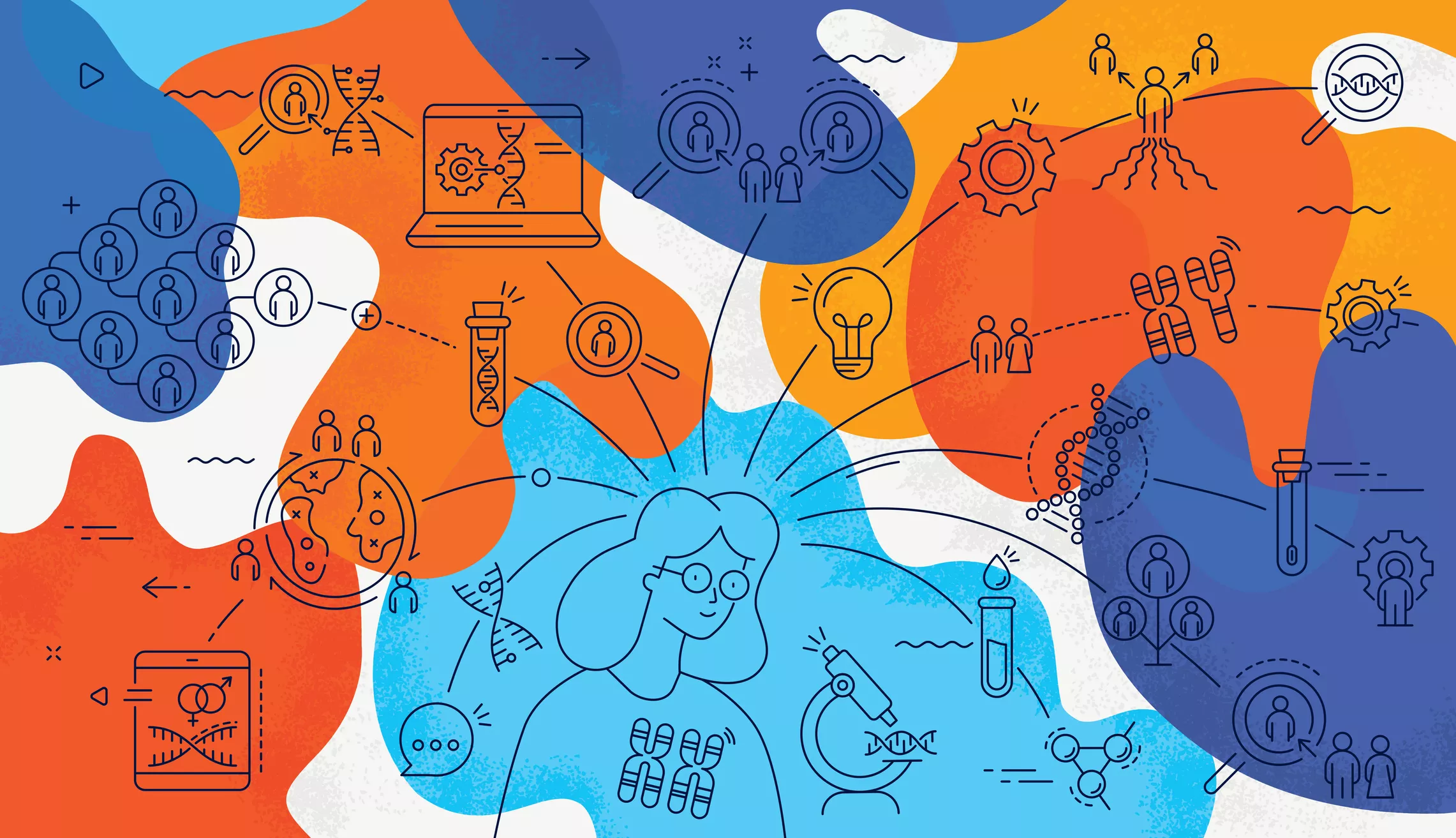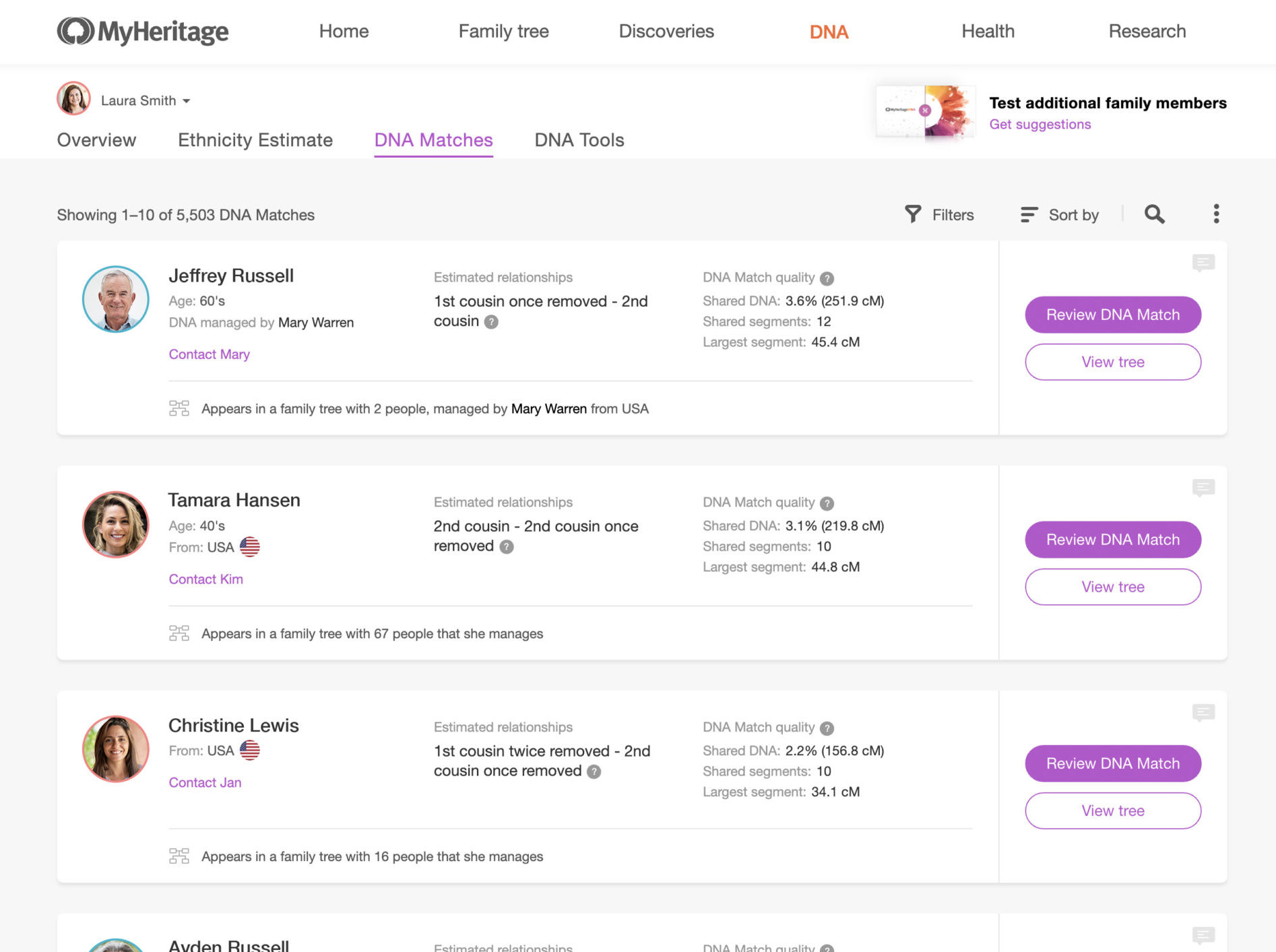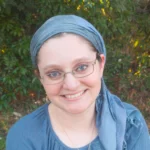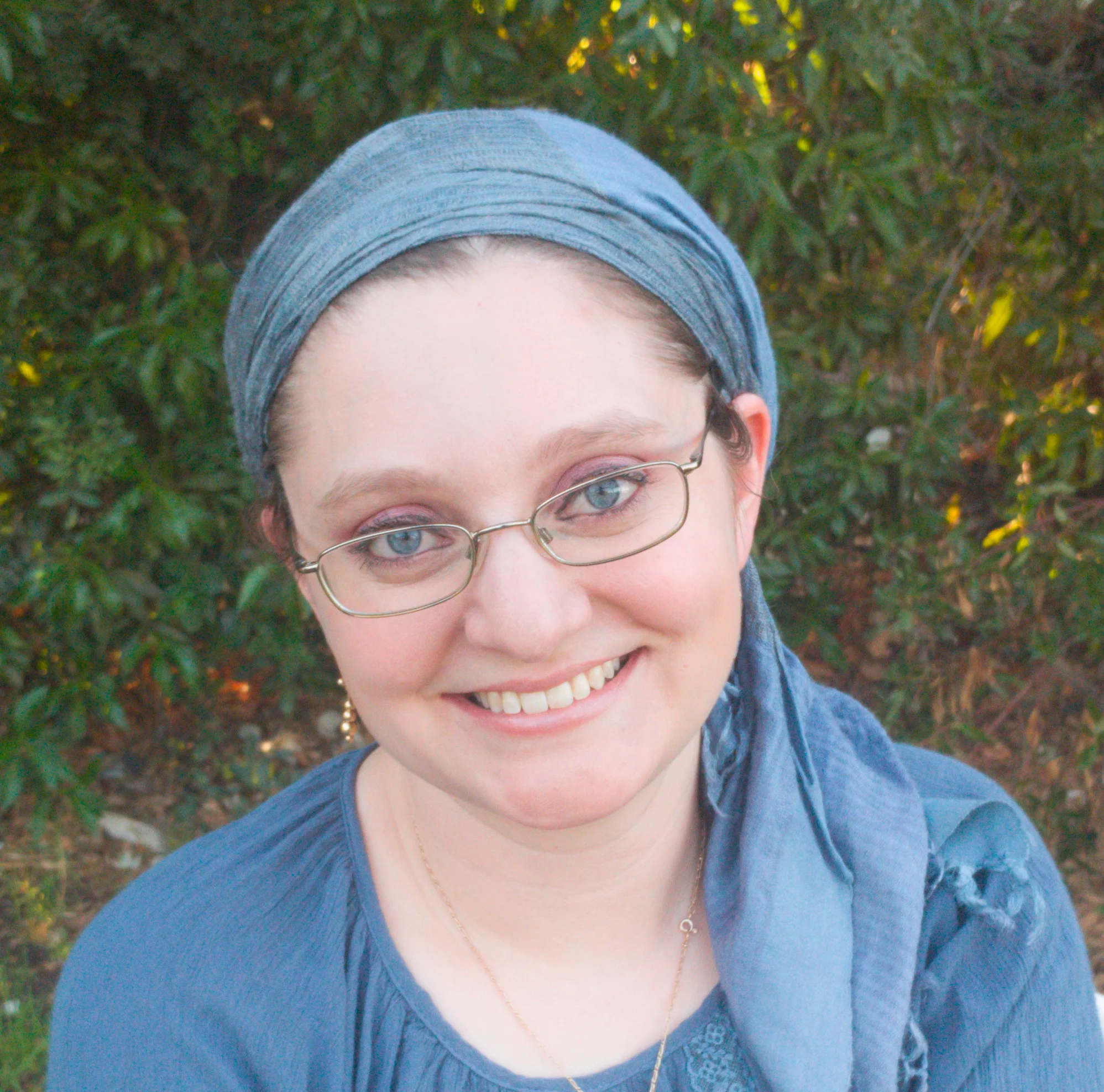
Genetic genealogy is a relatively new frontier in family history research, and many traditional genealogists may find the concept of working with something as cutting-edge and “science-y” as DNA intimidating.
But you don’t need to have a head for science or advanced math to benefit from genetic genealogy. You don’t even need to have a deep understanding of how DNA works. All you need is a middle-school-level understanding of genetic inheritance, some great tools to help you sort through information, and the same determination and thoroughness that serve you with the rest of your family history research.
In this article, we’ll explore what genetic genealogy is, how it can help you with your family history research, and some best practices for getting the most out of DNA for genealogy.
What is genetic genealogy?
Genetic genealogy is the practice of using DNA data to enhance genealogical research and potentially break through brick walls, solve family mysteries, and expand your family tree.
The memories of living elders in your family and paper trails can only get you so far. This is especially true if you don’t have many elders in your family who are able to share memories with you, or if your ancestors came from a place where documentation was scant. If you’ve run into dead ends, genetic genealogy can help you pick up where those other channels left off.
Genetic genealogy is based on DNA testing and matching. However, it’s important to emphasize that DNA data can’t stand alone for family history research purposes. Conclusions drawn from DNA testing about your family history must be supported by traditional genealogy sources.
How can DNA testing help me with genealogy?
There are a few ways DNA testing can help you expand your tree and solve family mysteries.
Finding lost or unknown relatives
If you have close relatives missing in your family tree, such as family members who were estranged, lost touch with each other, or who were adopted by another family, DNA testing can help you find them directly through your DNA match list. The person you’re looking for may have tested DNA themselves, or have a close relative who did and can put you in touch with them.

Connecting with other genealogists in your extended family
You may have a distant cousin somewhere out there who has done their own genealogy research. This cousin may be able to provide information about common ancestors that you wouldn’t find anywhere else. DNA matching can help you discover and connect with these relatives. MyHeritage allows you to contact your DNA Matches through a secure messaging system.
Confirming relationships
You might find a record of someone you think might be your ancestor, but can’t find evidence that proves their connection to you. Using DNA testing strategically, you may be able to verify your relationship to this ancestor by proving your relationships to confirmed living descendants.
Confirming origins, or identifying regions to focus on
Most DNA testing services also provide an ethnicity report, such as MyHeritage’s Ethnicity Estimate. While this information is not precise enough to rely upon for genealogical research purposes, it can help confirm what you already know about your ancestors’ origins.
It can also help you zero in on the resources that may lead you to make genealogical discoveries. For example, let’s say you know that your mother’s side was from England but don’t know where your father was from. If your Ethnicity Estimate reveals that you have Scandinavian roots, this suggests that your father may have been from Scandinavia. You may want to focus on records from this region when researching his side of the family.
MyHeritage’s Genetic Groups are particularly helpful when trying to narrow down regions to focus on. The results they provide can be extremely precise, sometimes even identifying a specific city or town your ancestors came from.

Best practices for genetic genealogy
Test as many people as you can
Genetic genealogy relies on DNA matches. The more known relatives you test, the more information you’ll have to work with when reviewing and analyzing your unknown matches.
Because of the way DNA inheritance works, you receive less and less DNA from each generation back. So if for example you’re researching a great-great-grandmother, you’ve inherited only around 6% of her DNA. You will greatly increase your chances of learning more about this ancestor if you increase your “coverage” of her DNA, and you can do that by testing additional descendants of hers, ideally from different branches of the family, so you can discover and contact additional DNA matches that inherited different sections of her DNA than you did.
Test strategically
All that said, swabbing the cheeks of every cousin who stands still long enough isn’t a very practical strategy! DNA kits are not a dime a dozen, and getting consent from cautious relatives may be tricky. (Perhaps telling them about MyHeritage’s unwavering commitment to the privacy of our customers’ data will help reassure them.) So rather than test willy-nilly, you should set out a DNA testing strategy that focuses your testing efforts on the family members whose information will be most valuable to you.
That may sound like a simple concept, but the ideal strategy could be wildly different depending on your goals. Tailor your testing plan to the specific information you are trying to find, whether it’s identifying an unknown direct ancestor, overcoming a migration-related brick wall, or confirming a suspected relationship that hasn’t been proven beyond a doubt by the documentation you’ve found.
Choose the right DNA test
There are several types of genealogy DNA test on the market. The most common are:
- Autosomal DNA Test: Analyzes the autosomes, that is, the 22 non-sex chromosomes
- Y-DNA Test: Analyzes the Y chromosome, only present in males and inherited from the paternal line
- Mitochondrial or mtDNA DNA Test: Analyzes mitochondrial DNA inherited from the maternal line
The MyHeritage DNA test is an autosomal test. We believe this type of test holds the most value for genealogists as it provides the widest coverage of matches on both the maternal and paternal sides, and in many cases can do the work of the Y-DNA or mtDNA test just as well. (Click here to read how to research your maternal and paternal lines using the MyHeritage DNA test.) However, if you are specifically researching a maternal or paternal ancestor, there may be value in taking a Y-DNA or mtDNA test instead.
Take full advantage of DNA tools
MyHeritage provides a number of tools that can help you make sense of your DNA matches and achieve important insights.
- Shared DNA Matches: When reviewing a given DNA match, you will find a section called “Shared DNA Matches” that lists matches you have in common with this person. Perusing this list may give you clues about who your common ancestors are.
- Advanced sorting and filtering options: On MyHeritage, you can sort and filter your DNA Matches according to a number of criteria, helping you focus on the matches that will be of greatest value to you.
- Family tree information: If a DNA Match is associated with a profile on a family tree, you’ll be able to view the public information on that tree (generally the information on relatives who are deceased). This can help you identify common relatives and ancestors.
- Comments: MyHeritage allows you to add comments to DNA Match cards on your list of matches, which can help you keep track of the matches you’ve already reviewed and the information you gleaned from them.
- One-to-many Chromosome Browser: The chromosome browser allows you to compare your DNA to that of multiple DNA matches and identify triangulated segments (segments that all of you share). This can provide further clues about your relationship to that match and your common ancestors.
- AutoClusters: AutoClusters is like “Shared DNA Matches” on steroids. It organizes your DNA matches into groups of individuals who all match each other and therefore likely have a common ancestor. This can save you a lot of time figuring out who is related to whom.
- Theory of Family Relativity™: This feature basically does all the work for you — it analyzes all the data at our disposal, including family tree data and historical record data, to bring you plausible theories about exactly how a given DNA match is related to you.
Ready to give it a try? Click here to order your MyHeritage DNA test.
Some webinars on genetic genealogy that you may find helpful:
- Why Take a DNA Test for Genealogy Research? by Mike Mansfield (webinar)
- How to Find Unknown Family with MyHeritage DNA by Christina Sagersten
- Science for the Non-Scientist: How Does MyHeritage Produce Their DNA Results? by Diahan Southard (webinar)
Click here to view more Knowledge Base resources on genetic genealogy.




